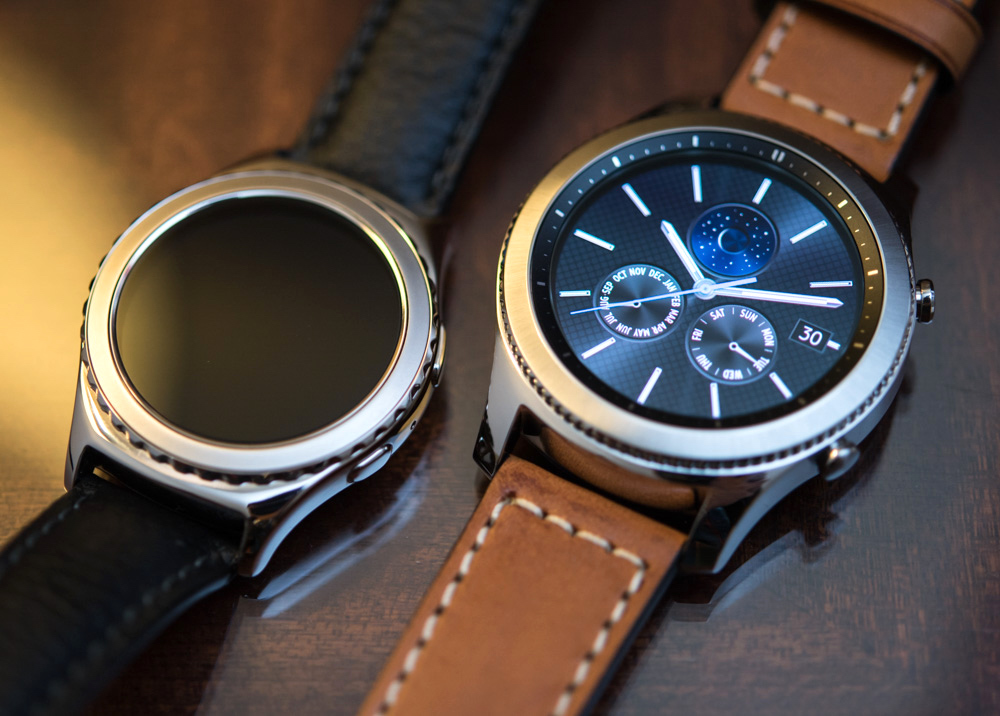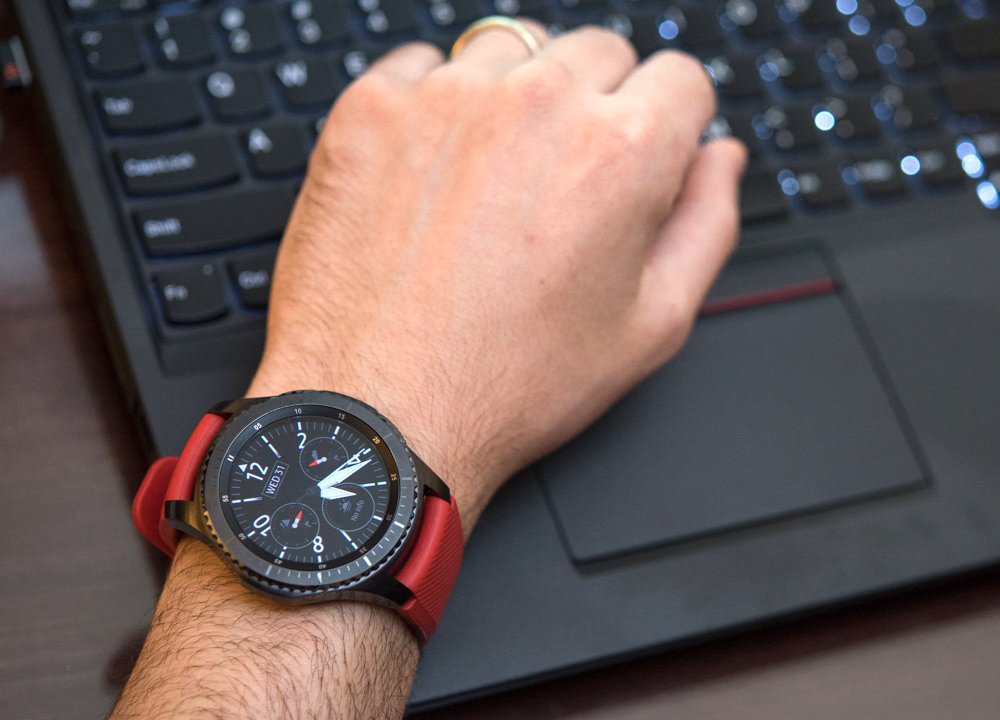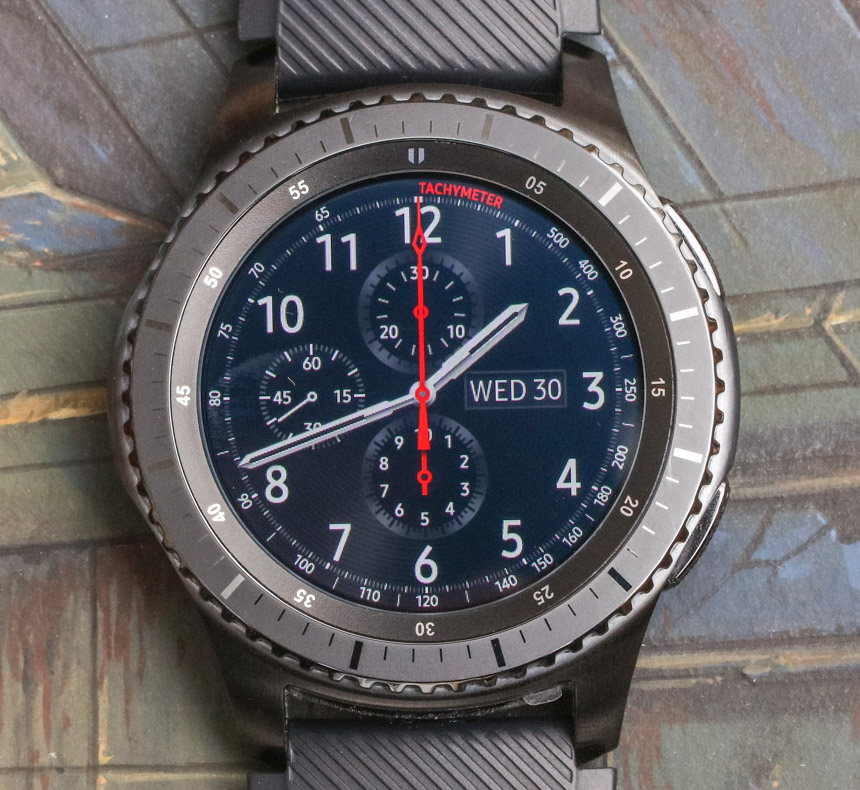
Back in August 2016, I was fortunate enough to be asked by Samsung to host the launch event for the Samsung Gear S3 smartwatch (aBlogtoWatch hands–on debut here). I had nothing to do with the design or product overall, but it is important to mention that I did help officially announce the Samsung Gear S3 to the world – and I was proud to do it because this is among the best smartwatches I’ve ever worn, if not the absolute best to this point.
It was not until a few months after the debut of the Gear S3 that they entered production and Samsung finally sent us a couple to review. Even though Samsung continues to make most of its money (on the consumer electronics side) from mobile phones and screens, the effort that they are putting into wearables is significant. Consider what wearables represent for a company like Samsung. Not only are they a still new product category and evolving rapidly, but producing them combines the company’s core talents of producing high–quality mobile communication devices and attractive displays.
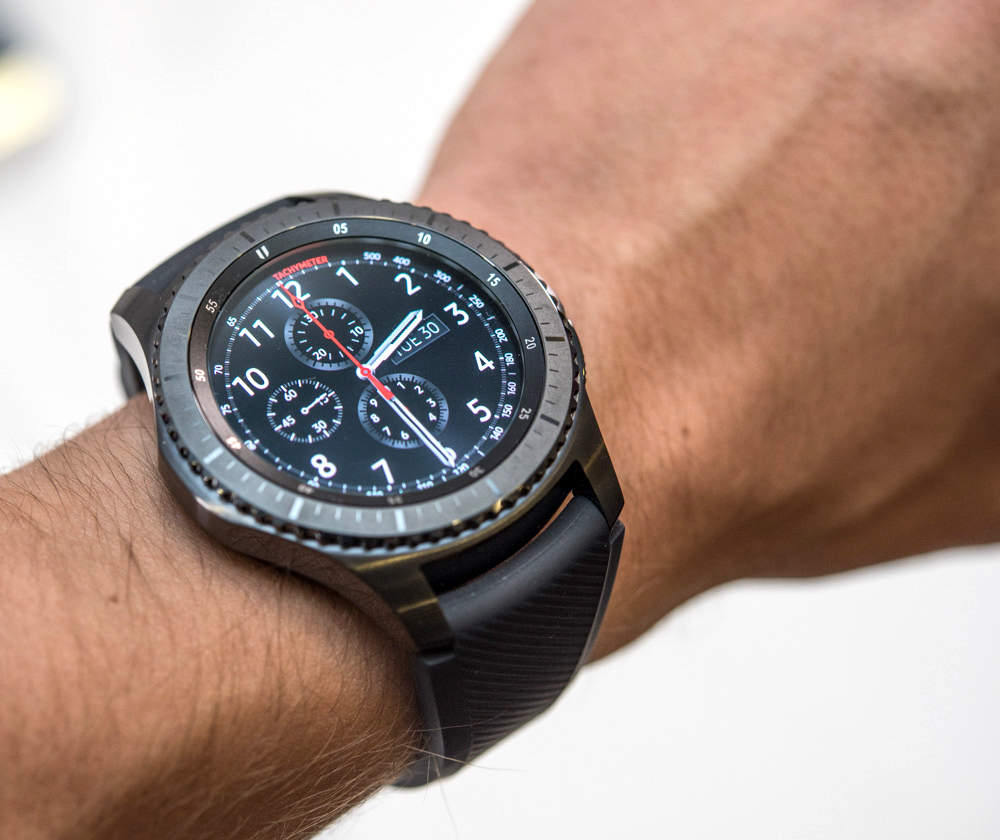
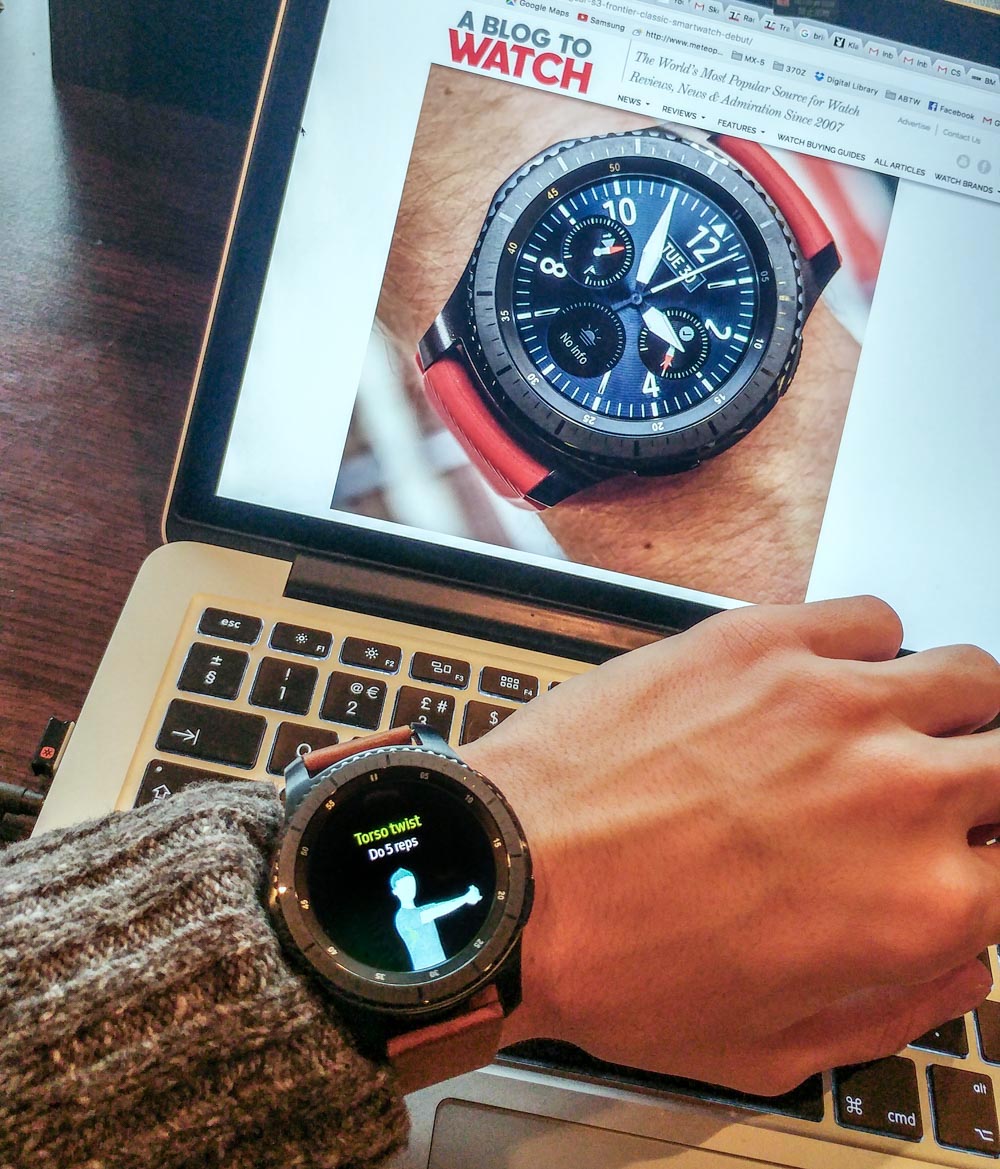
Samsung and Apple are currently the two main players that matter when it comes to making smartwatch devices that will not only advance the segment from a technology standpoint but also when it comes to getting devices into the hands of consumers. There are, of course, dozens of other companies making interesting smartwatches, but few if any of them are investing what these two companies can from both a software and hardware perspective. Google, for example, is now “in it” exclusively from a software perspective and currently doesn’t seem to have an interest in any smartwatch hardware.
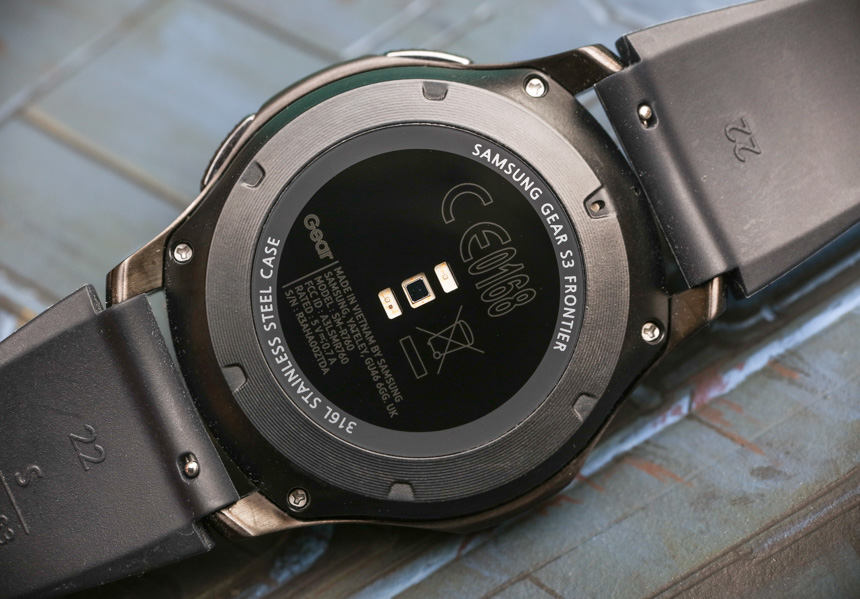
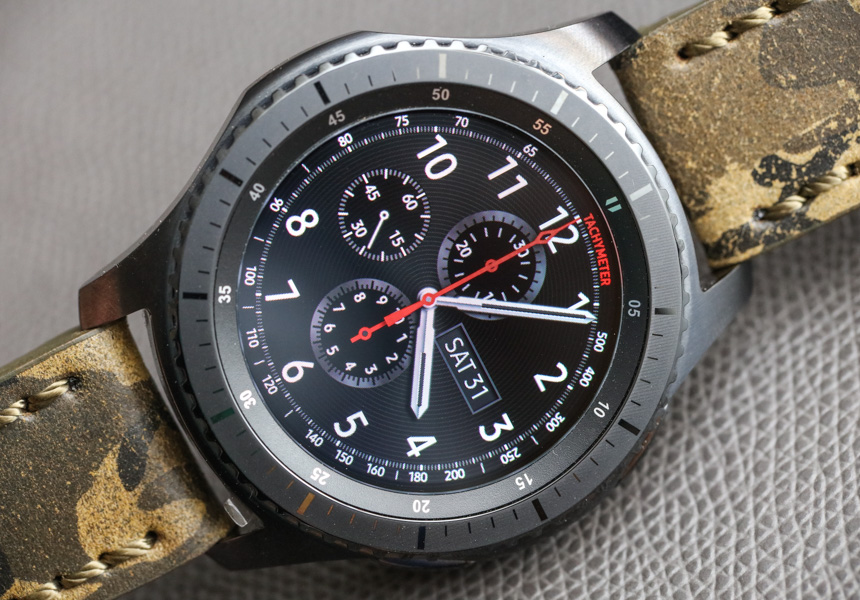
Samsung produces both hardware and software. I mention this fact again to remind people that the Samsung Gear S3 watch does not run on Google Android as some people mistakenly believe. I totally understand the confusion because Samsung phones run the Google Android operating system, even though Samsung tends to include their own layers of software over it. The Samsung Gear S3, like the S2 before it, runs a special – and what I found to be quick and efficient – operating system known as Tizen. It is based on Linux and is ideal for the Samsung Gear S3 because Samsung isn’t just producing a skin over a base code that they do not control. We will get to the operating system a bit later in the review but here we’ll add that the Gear S3 is compatible with both Android and, since more recently, with the Apple iPhone as well.
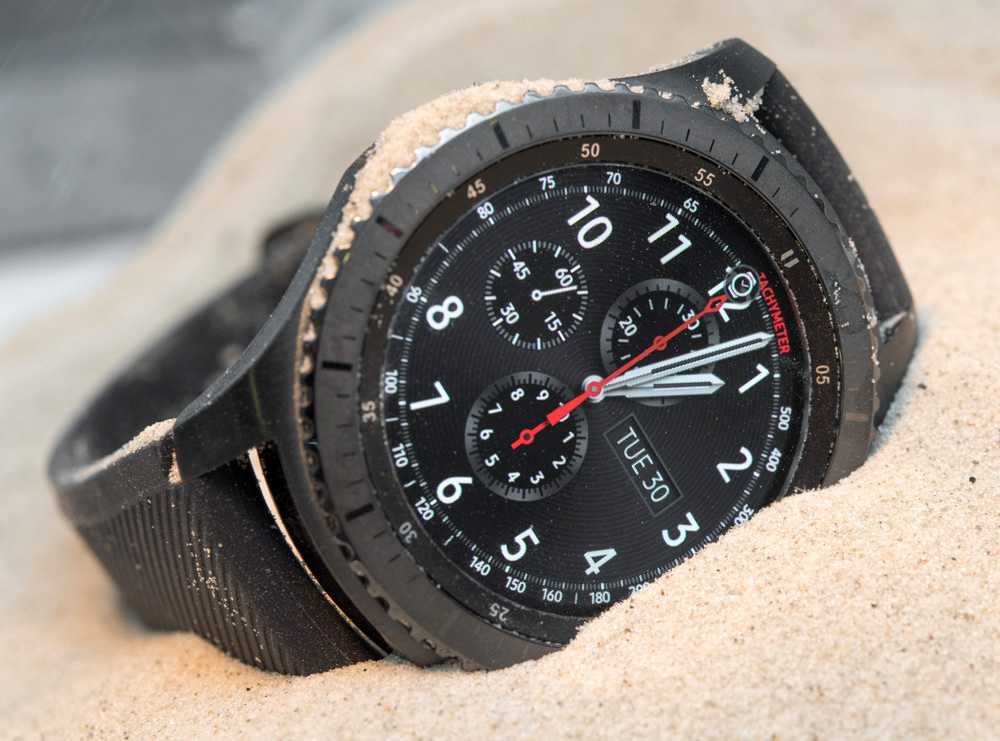
In order to help organize our watch review of the Samsung Gear S3, we’ve split the review into two main parts. First, I will discuss the overall design and wearability of the Samsung Gear S3, and after that our David Bredan (who also had a model to wear and review) will discuss the features and software. Reviewing smartwatches is a distinct challenge from reviewing traditional watches because of what is on the inside. Traditional watch reviews tend to focus heavily on what is on the outside as well as the aesthetic design and key functionality of the movement. Buying a traditional watch is more like buying mechanical art. Mostly because people tend to understand what they do (tell the time), and additional functionality is usually limited or relatively easy to explain. Moreover, people tend to not actually rely on traditional watches in the course of their normal day as important tools. That is very different with smartwatches.
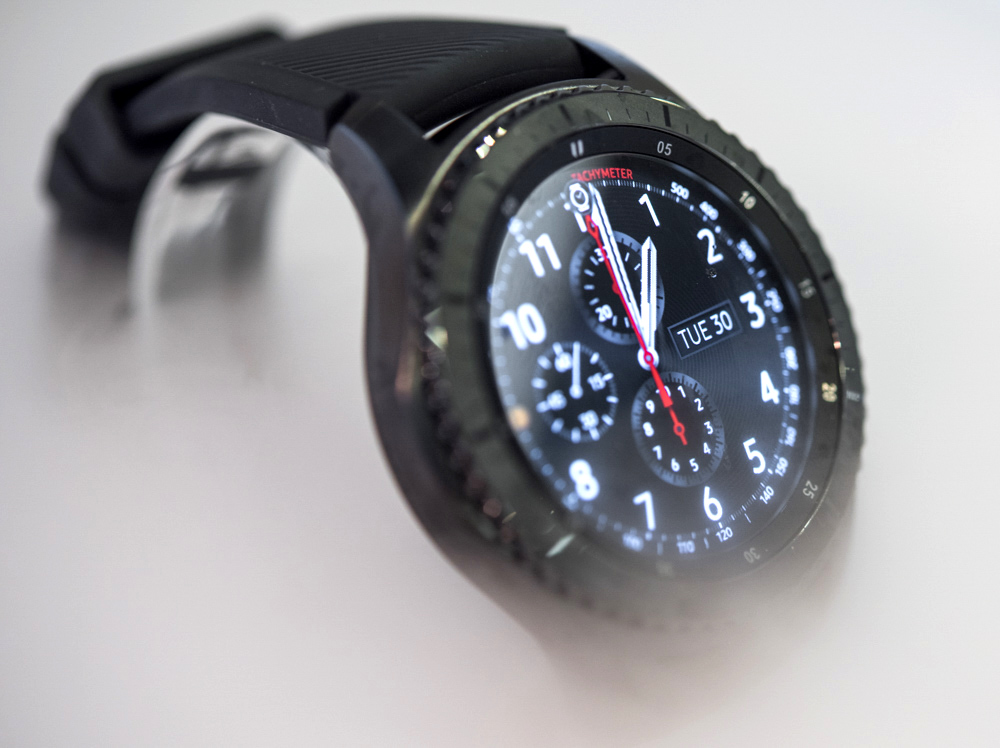
Why Designing A Smartwatch Is Challenging
Modern “connected watches” must be as useful and reliable as a good phone or other gadget, but also have the additional requirement to look good and be something people want to wear. This dual challenge is something that traditional technology companies struggle with. When Apple introduced the Apple Watch, it strongly focused on messages that the traditional tech media community was not familiar with, such as the fact that the item was “personal” and “communicated something about the wearer.” Such efforts were not only a struggle for Apple, but also for the consumer electronics media industry to incorporate in both their coverage and understanding of the category. For the last few years, one of my major jobs both on aBlogtoWatch and in private consulting has been to help the technology industry understand the world of watches.
It took Samsung a few attempts at making a smartwatch before they properly juggled the dual need of making a cool gadget and a nice watch. With the Samsung Gear S3, they have made a step forward in that direction. The success isn’t just in the design of the hardware itself, but also in the technology which, in my opinion, takes the smartwatch into a new territory where it belongs.
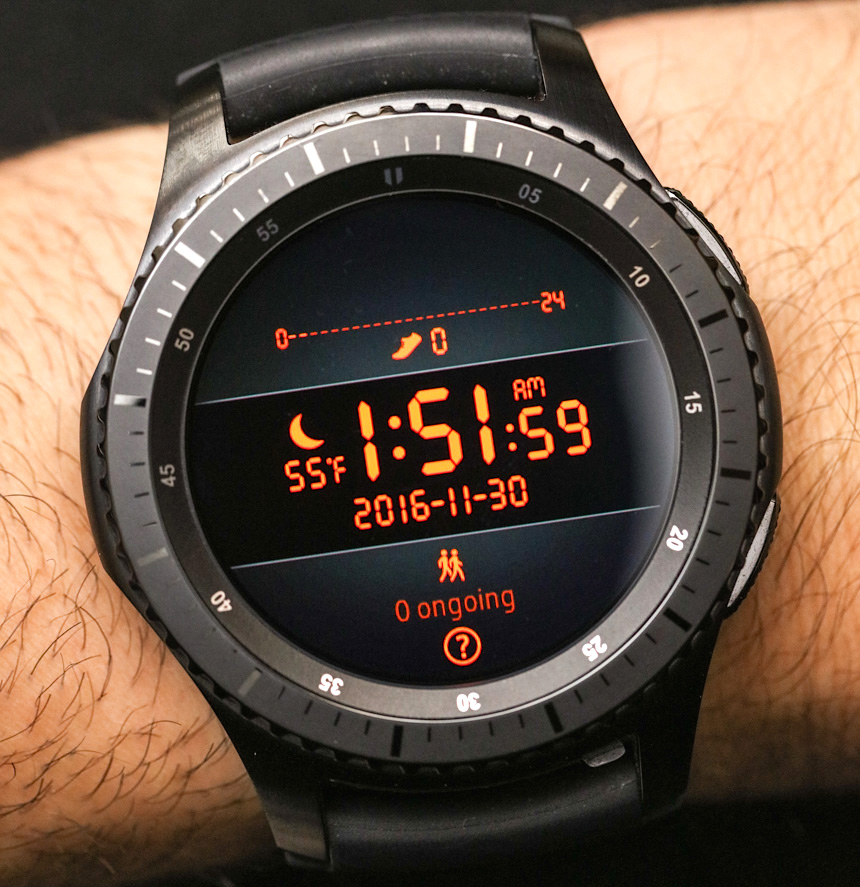
The Importance Of Saving Face
I’ve mentioned this in the past, and I’ll do so again: my favorite feature of the Samsung Gear S3 isn’t something that your typical engineer would consider a practical piece of functionality. I am referring to how Samsung not only offers a persistent always–on state for the screen, but that it is engineered in a new way that allows it to not significantly drain battery life. Before discussing the details of this feature, I want to take a step back and talk about how I think it required a special way of thinking at the company to make this feature even happen. I really don’t want to belabor the issue, but I think this discussion will be both useful to people who buy smartwatches as well as those who make them.
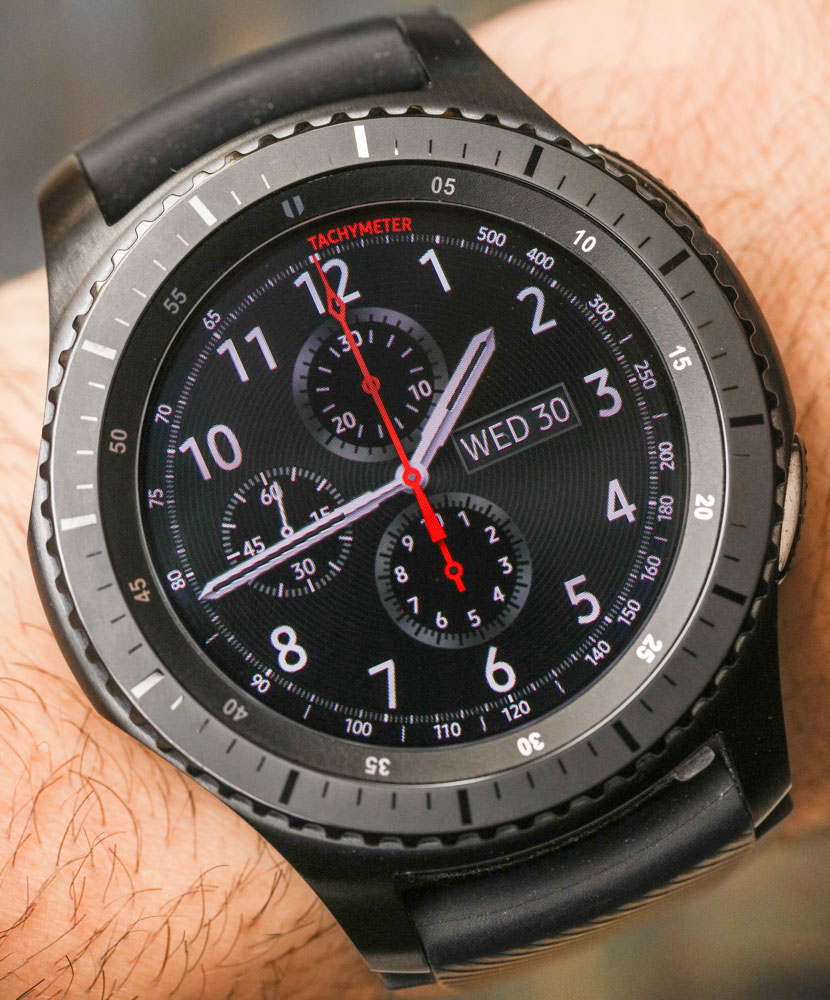
Let’s start by discussing the feature itself. Currently, most smartwatches have a blank display when it is not actively being looked at or used by the wearer. Why waste precious battery life when the user is not actively accessing the system? What purpose is there for the screen when the user isn’t paying attention to it? From an engineering and efficiency standpoint, this makes total sense. To watch lovers, this is aesthetic heresy. Herein lies an interesting cultural conflict.
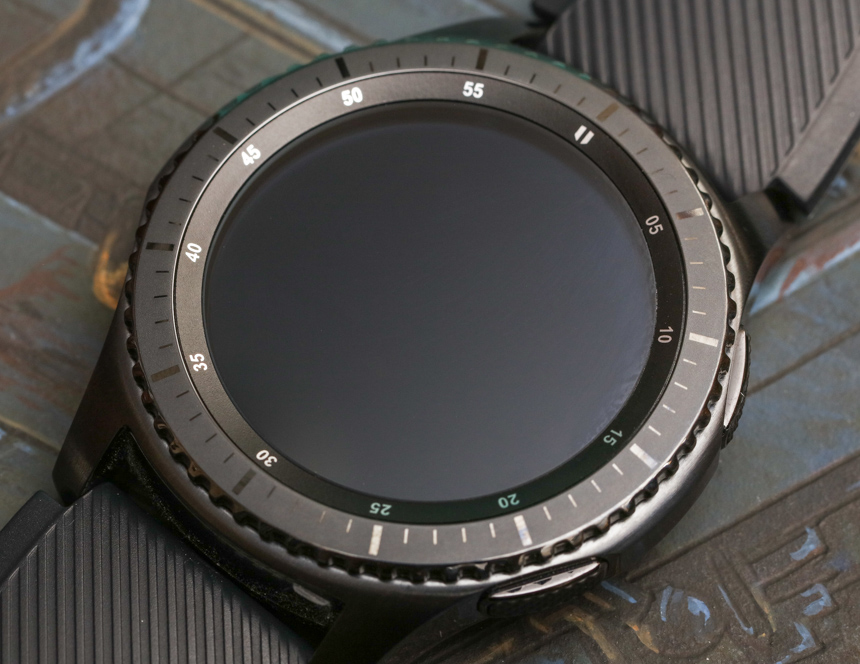
A sight that rarely greets you with the Samsung Gear S3: the screen gets turned off automatically only if you take the watch off (or turn the Always-On mode off).
For watch lovers, the “blank screen” phenomenon more or less removes several important reasons of why they want to wear a watch in the first place – there is the functional element, the ability to appreciate the dial details and the functions in operation (even if not checking the time), as well as the social communicative value. Watches are traditionally simple tools with enormous variety in how they are rendered. There is an almost limitless number of ways to express a circle of minute and/or hour markers and some hands.
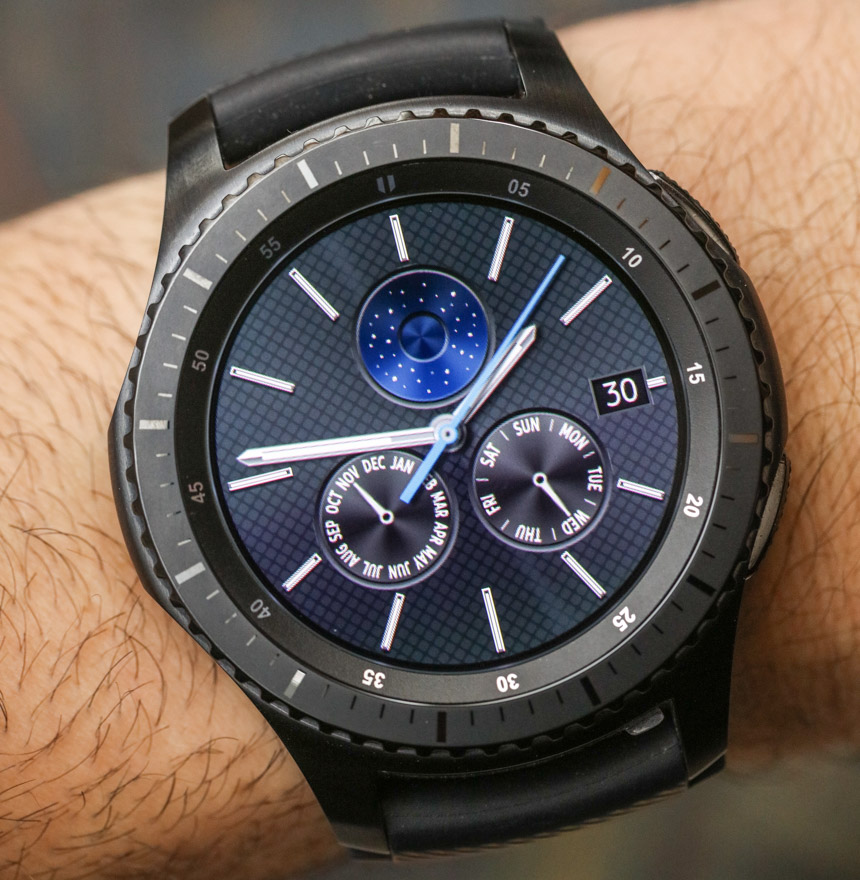
The “artistic skin” over the core functionality of a watch’s utilitarian purpose is where the fascination lies for most people. It is also where a watch receives its fashion value. Think about clothing as a similar analog. There are countless ways to cover your body so as to keep warm and protected from the elements. The way you do that, and the materials you use is where the communicative value comes from. Thus, the art exists as a design layer over a functional base. That is how it is with clothing, and that is how it is with watches – at least traditionally.
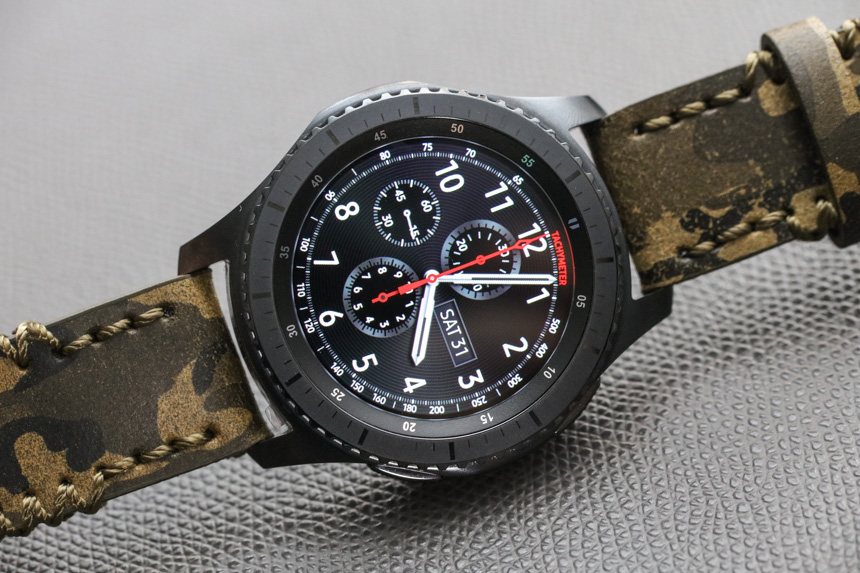
What many people who produce smartwatches are only recently coming to realize is the nature of this important formula and why so many smartwatches do not succeed. Success comes in the form of offering functional utility, and fashionable communication value. Focus too much on form without function and wearers lose interest quickly (or never develop it in the first place). Focus too much on functionality without an investment in form, and wearers feel that the items displayed on their body sends the wrong message to the world around them. It’s a basic fact of consumer behavior, but one that I rarely see discussed in such basic terms.
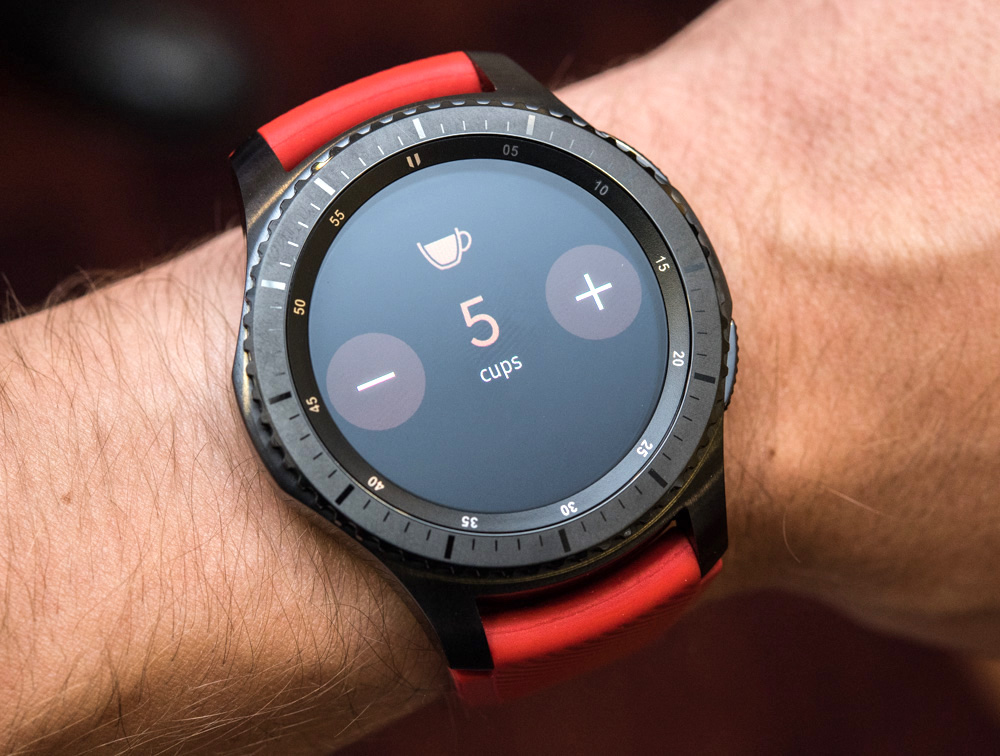
In the context of smartwatches, the application of this point is directly related to the fact that a black screen offers limited to zero function or communication value for the wearer and the world around him or her. In fact, the only communication value from a fashion perspective in most smartwatches is the case and strap – which are typically underwhelming or basic. Further, the most popular smartwatches are so common that they become generic and lose the ability to say something unique about the wearer. It used to be that having an iPhone communicated something about the person using it, given that they chose that device over another phone. Today, most people where I live and travel have one of just a few phone models (mostly made by Apple or Samsung, to be honest), which means they are far less able to communicate something specific or “personal.”
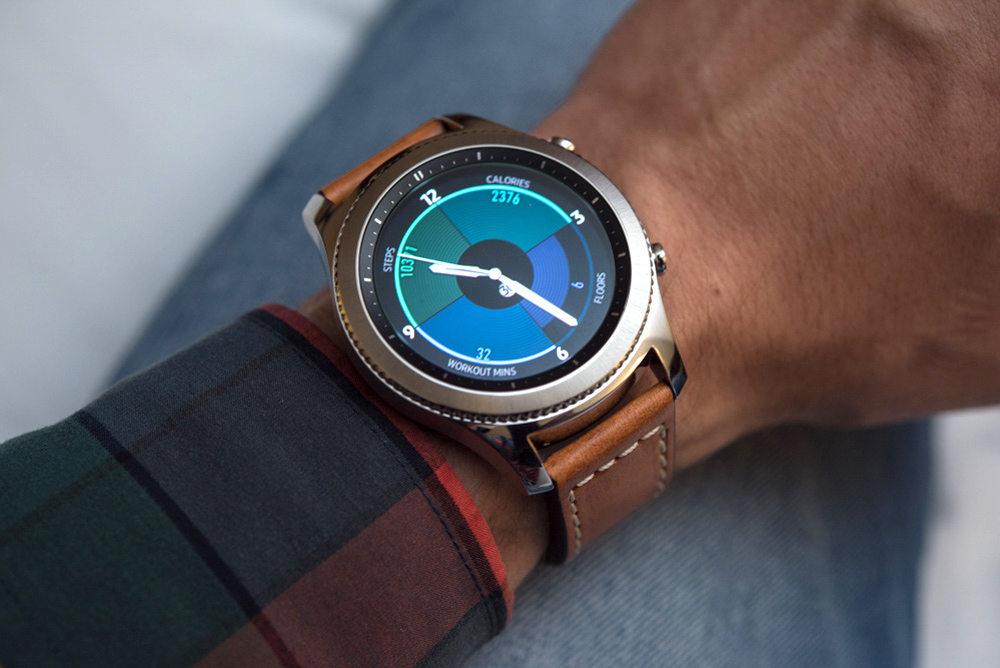
When it comes to smartwatches, we see something similar. Even though most smartwatches are not yet at the point of being so popular they are generic – though it will happen – their cases alone are usually simple enough that they don’t offer a lot of communicative value. That means for smartwatches to serve a valuable fashion purpose, they must offer a more personalized look that is communicated to not only to the wearer but the rest of the world as well. This is a good opportunity to take an important lesson from the traditional watch world.
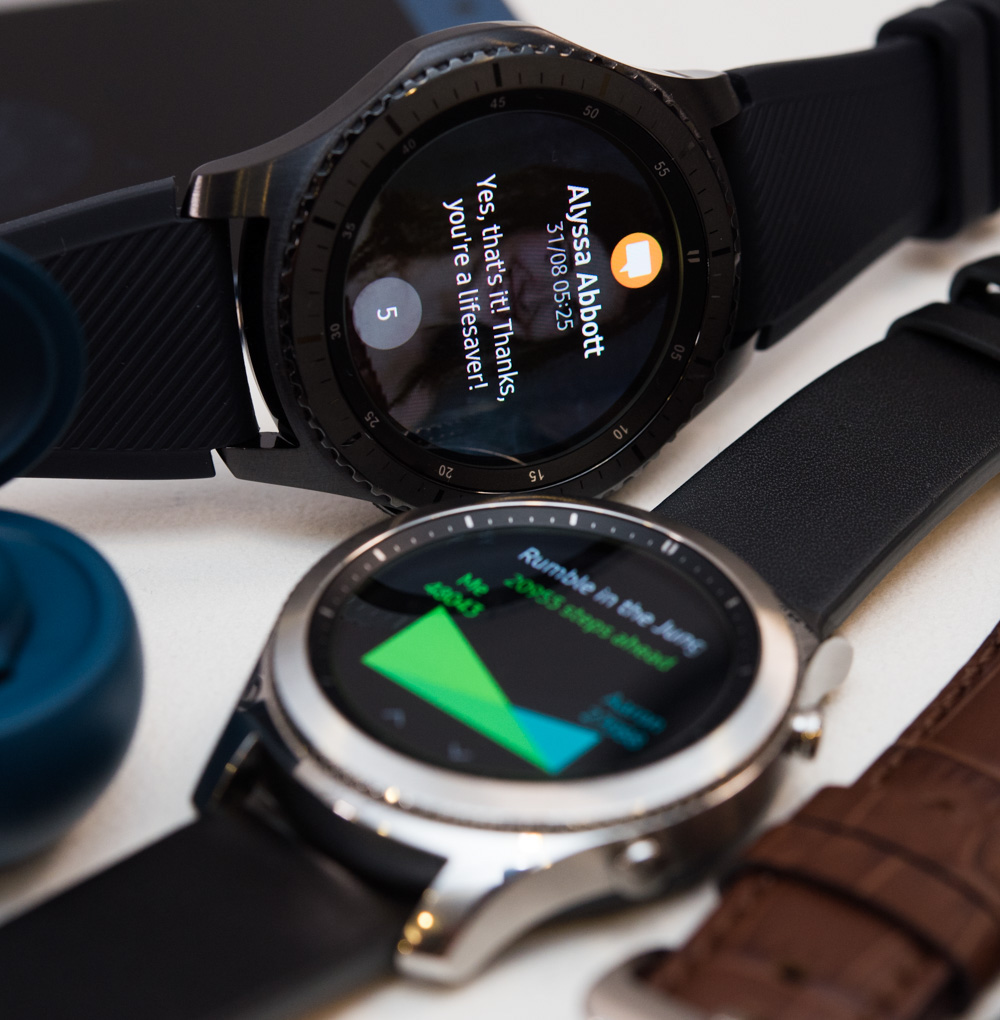
I’ll once again share the analogy I’ve made many times (including at the launch event of the Samsung Gear S3) that a watch without a visible dial is like a head without a face. You know what it is, but you don’t know what makes it individual, unique, or expressive. Our engineer friends who are focused on functionality and making a good product with a decent battery life see little to no value in having a screen that isn’t exclusively useful to the wearer. That is, until they understand the complicated fashion purpose to a watch, and that isn’t something most engineers are trained to do. Hence, you can see how a gap in the design culture where smartwatches are made can easily contribute to the products not getting a particularly warm reception from consumers.
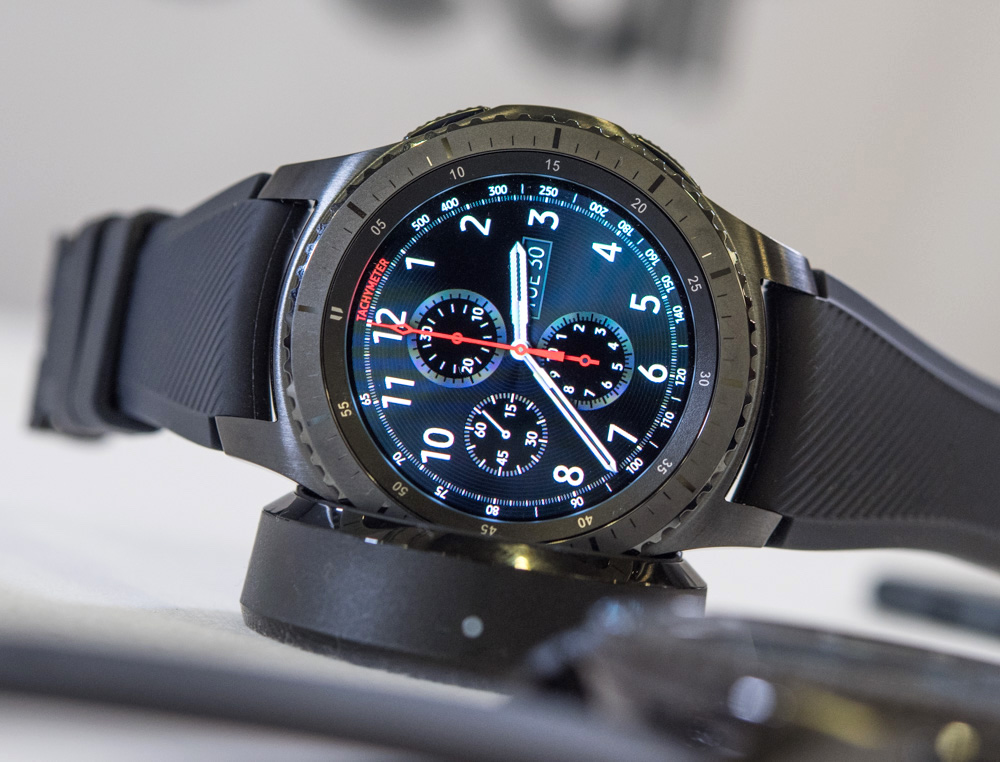
The Samsung Gear S3 solves this problem by allowing the wearer to have a beautiful display that is on all the time. Finally, you have the ability to wear a great smartwatch that in many ways mimics the communicative effect of traditional watches and actually adds personality to the wearer. The idea of having an always–on state to a smartwatch didn’t begin with the Samsung Gear S3, but this is the best product I’ve used with this functionality – and Samsung says it required a lot of specialized engineering and problem-solving.
The key is a separate processing unit located in the bezel of the Samsung Gear S3 which allows for the OLED screen to have a special always–on state which is different from the normal “on state” of the screen. In many previous smartwatches, the operating system allowed you to keep the screen on all the time, but it was disastrous to battery life. Oddly enough, the Samsung Gear S3 doesn’t make it easy to find the setting to turn the always–on state on and off, and it still warns you that turning it on is really bad for battery life.e

